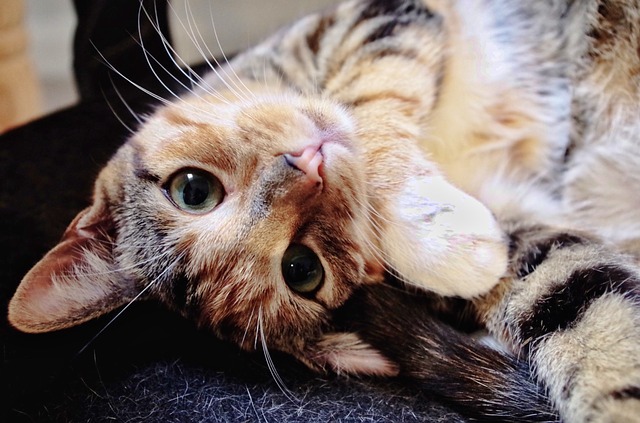Long before cats conquered the internet, they conquered the ancient world first, scientists say.
Domestic cats as we know them today were descended from wild cats that were tamed two times over, in the near East and then in Egypt. A study – the largest of its kind – looked into how cats became domestic household pets, the BBC reports.
Farmers in the Near East were likely the first to successfully tame wild cats, some 9,000 years ago. Then thousands of years later, cats began moving from ancient Egypt, where they were highly revered, to other parts of the world via shipping routes.
Now, cats can be found on all continents except Antarctica.
According to researchers, wild felines probably began skulking around farms to hunt for mice that were attracted to grain stores. This would have started the relationship between people and cats. Eva-Maria Geigl of Institut Jacques Monod in Paris and lead researcher, said, “There were two taming events – one in the Near East at the beginning and one in Egypt much later. And then the cat spread very efficiently all over the ancient world as a ship’s cat. Both lineages are now present in modern cats.”
Cats spent many years serving as rat catchers on ships and farms, before becoming as fully domesticated as they are now. Geigl added,
I would say cats chose human company, but it was a commensal relationship – it was profitable to both sides.
For the study, the researchers extracted mitochondrial DNA from over 200 ancient cat remains from Viking graves, Stone Age sites, and Egyptian mummies.
DNA showed that domestication of felines started some 9,000 years ago in the Near East, where farming also began. Then the same thing happened in ancient Egypt. During the Roman era, cats spread to Europe, with Egyptian cat DNA found as far as a Viking port.
Tabby cats first appeared in the Middle Ages. DNA evidence suggests that a gene mutation caused the markings, as seen in a cat in 14th century Turkey. Then tabbies began expanding to other parts of the world, as people started prizing them for their beauty.
Geigl said, “There was very little breeding and selection going on in cats up the 19th Century, in contrast with dogs. The cat was useful from the very beginning – it didn’t have to be changed.”
The study was published in Nature Ecology & Evolution.
























